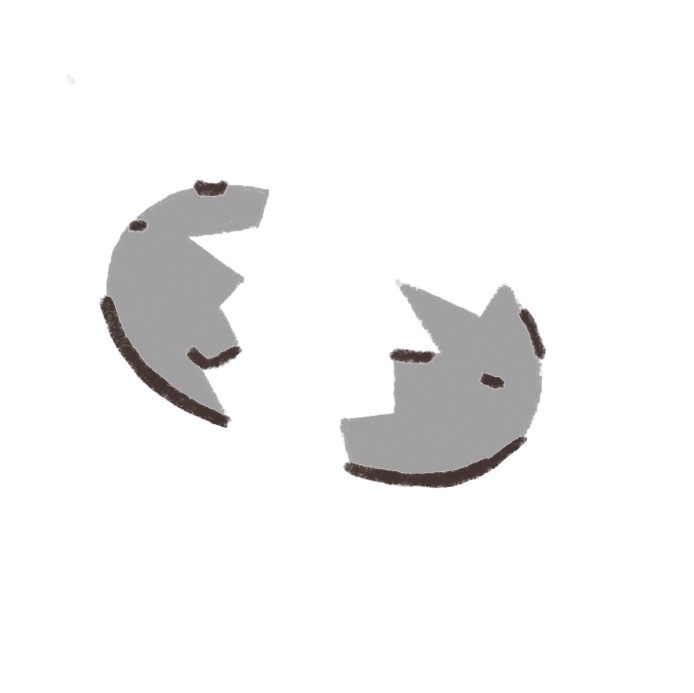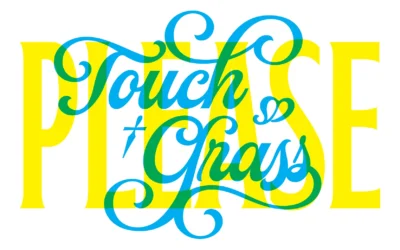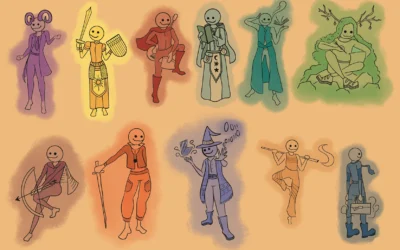As spring approaches so does the feeling of being greener, or in this case, muddier. Composting is the simplest and the most useful way to reduce household waste, and the resulting soil conditioner will add nutrients to your plants. A good compost has the perfect balance of carbon and nitrate; carbon-producing materials include leaves, coffee grounds and eggshells, while nitrogen-producing materials are made up of fruit scraps.
But none of this is important unless you have a compost bin.
STEP ONE:
Grab yourself a plastic container. The size depends on how much you’d like to compost — the more you compost the bigger the container should be. Just make sure it has a tight-fitting lid.
STEP TWO:
Drill holes in your container. If you plan on keeping the container outside, drill holes on the bottom as well, otherwise drill small holes along the sides closer to the bottom. The holes will allow air to flow through the compost.
STEP THREE:
Fill a quarter of the container with leaves or paper and another quarter with soil. Your container should be half-full now.
STEP FOUR:
Start adding kitchen scraps and paper. Every-time you add something, stir the compost. This will help to break down the waste. While there are many compost-friendly wastes, there are also some things that shouldn’t be composted. Do not compost domestic animal feces as it may carry diseases (also it will smell really bad), citrus fruits because they are too acidic, and meat or fish bones because they attract bugs, and larger bones won’t break down.
STEP FIVE:
Spray the compost with lukewarm water once every two weeks, just enough to moisten it but not soak it. Wet soils will cause odour.
STEP SIX:
Find a place for your compost bin to live and be happy. If you plan on keeping the compost bin inside, you can store it under the sink in order to control the smell or closer to the back door for accessibility. If you keep it outside, look for a sheltered area which will keep the compost pile warm with trapped heat in the colder months. After two to three months, your compost can be used to fertilize your plants. If there are chunks in the soil still, you can either leave them in the compost bin where they will continue to break down, or move them to your garden to break down there.

Happy composting!





0 Comments